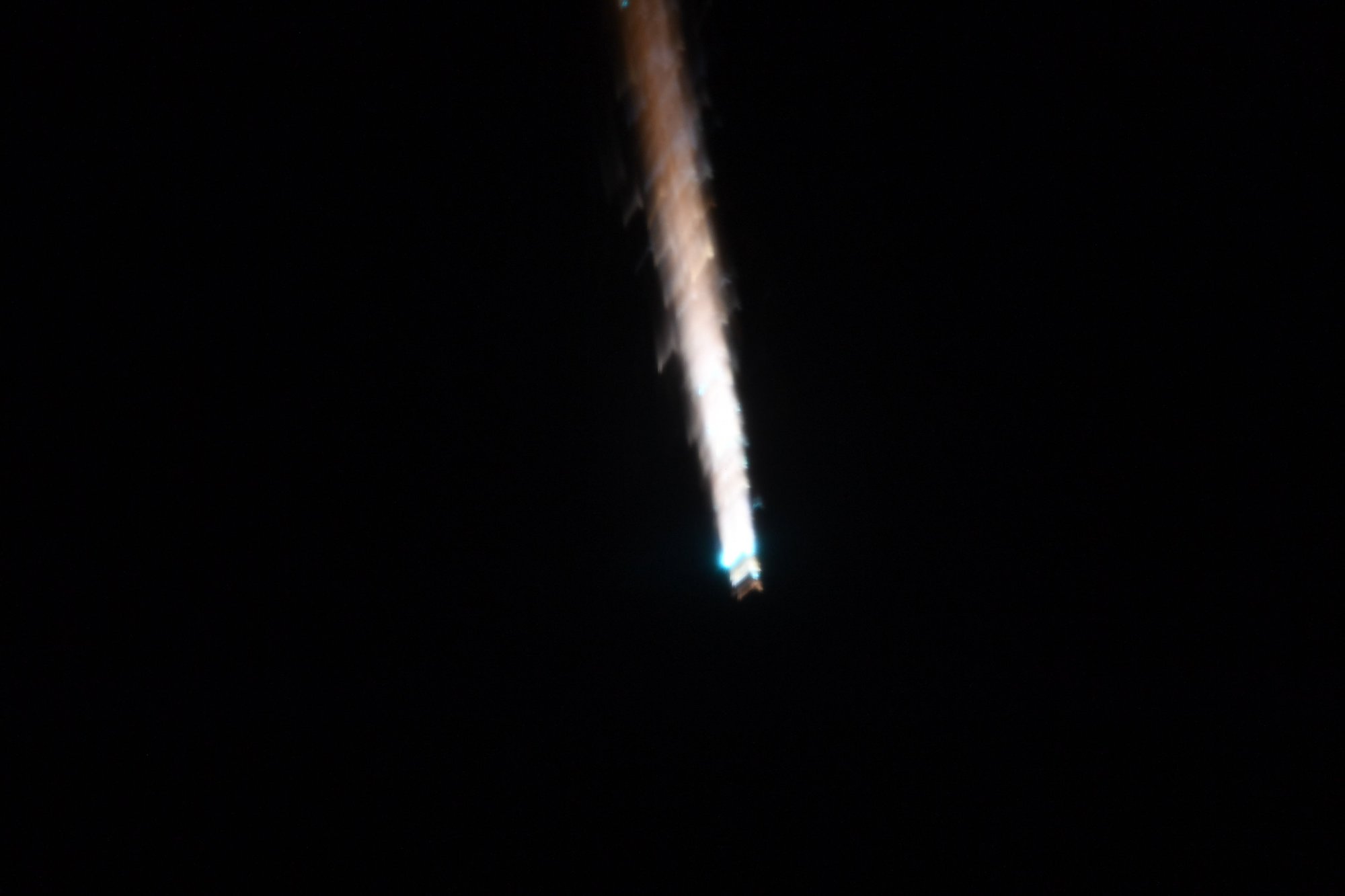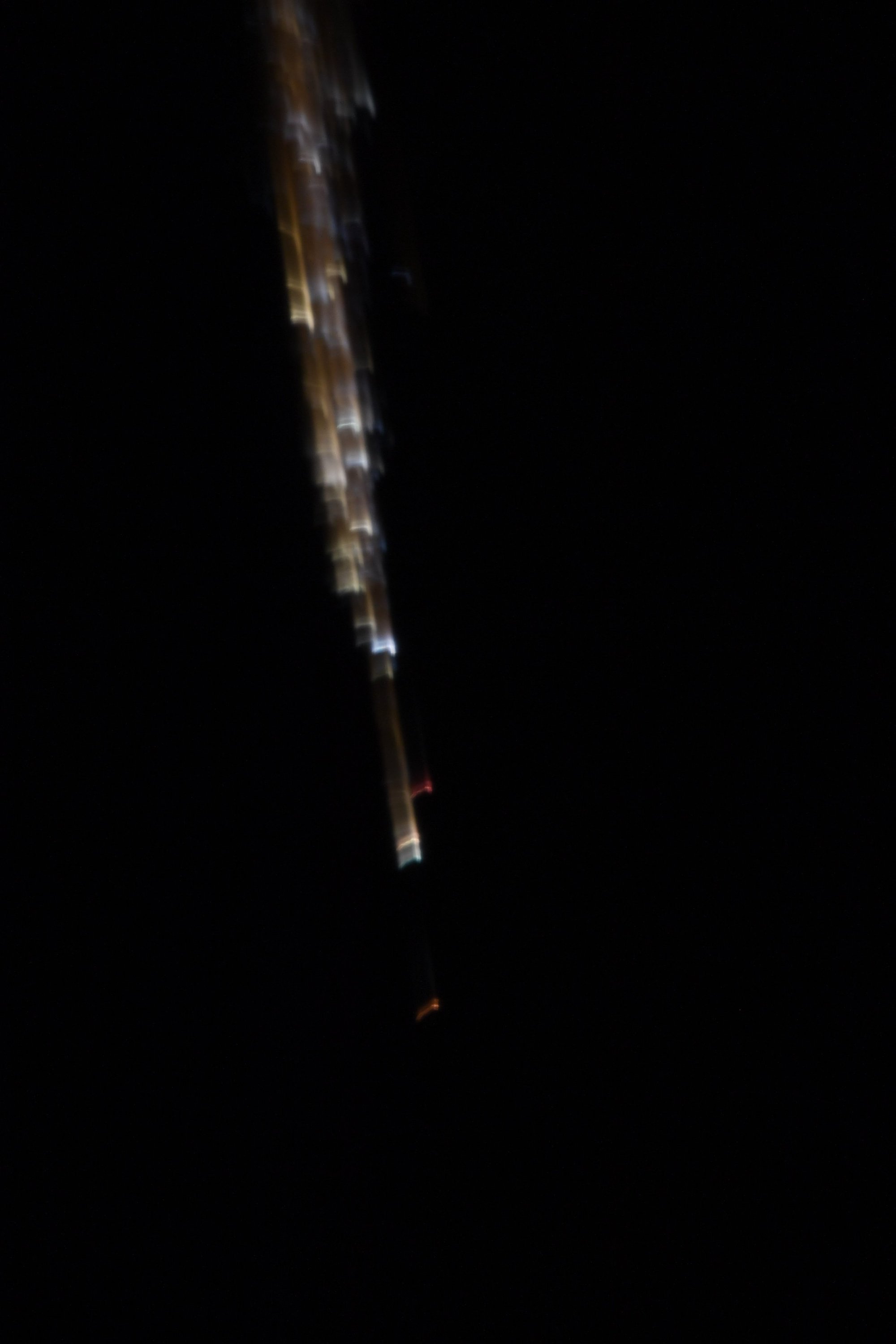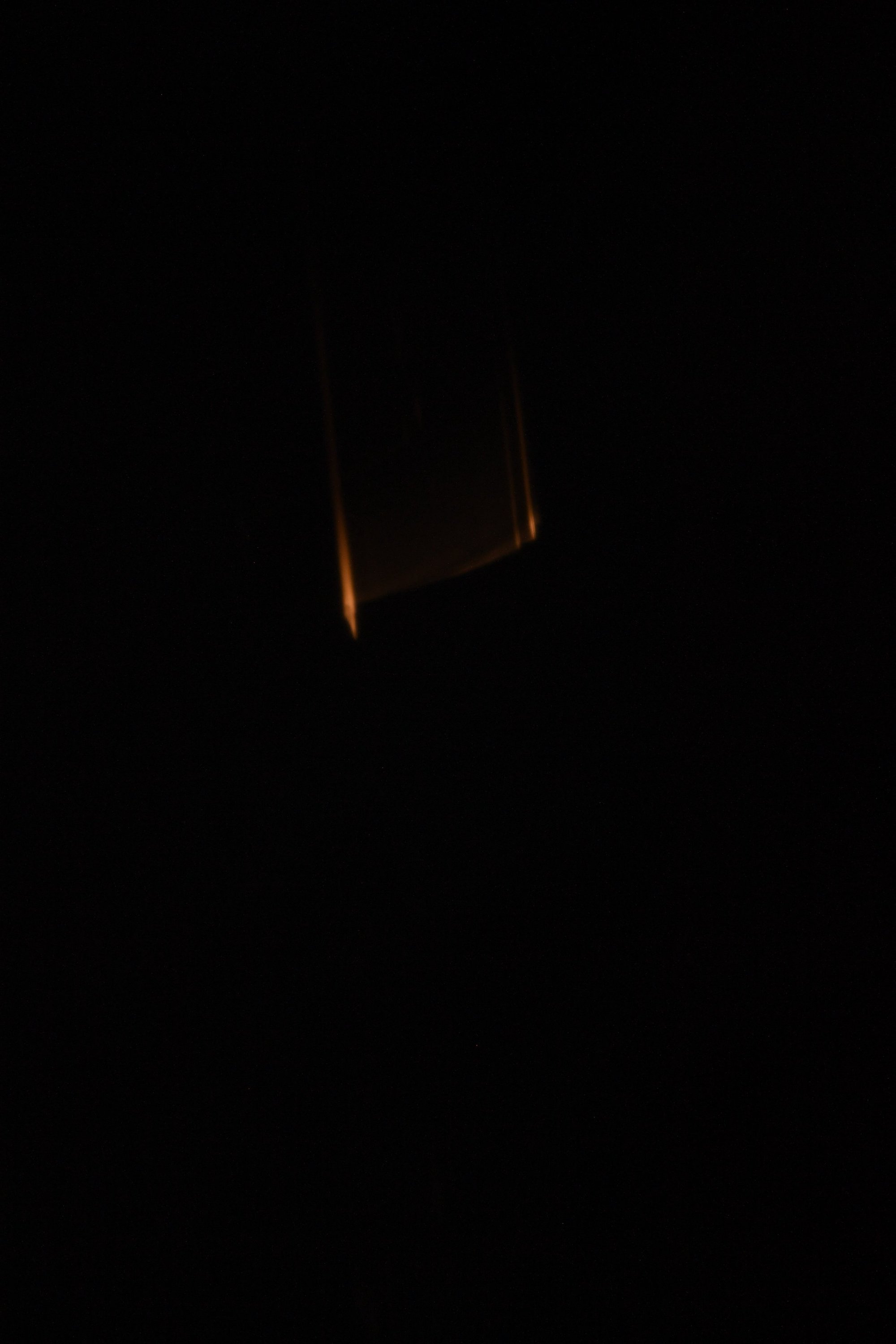Astronauts on the International Space Station (ISS) witnessed the fiery demise of a Russian spacecraft on Wednesday as it burned up in Earth’s atmosphere at high speed.
Just hours earlier, the Progress MS-23 spacecraft, identified by NASA as Progress 84, had been docked at the orbital outpost.
Thankfully, the spectacular event was entirely planned and part of a routine procedure for Russian cargo ships departing the ISS.
But unusually, the burn-up was witnessed by the crew aboard the space station, with NASA astronaut Jasmin Moghbeli able to get some photos of the spaceship’s final moments.
“Earlier today, Roscosmos cargo vehicle Progress undocked and departed from space station,” Moghbeli, who arrived at the ISS for the first time in August, wrote in a social media post (below) that included the dramatic images.
Earlier today, @roscosmos cargo vehicle Progress undocked and departed from @Space_Station. Nearly four hours after undocking, I was able to spot it burning up in the atmosphere and even capture a few photos of it. It happened faster than I thought and was only visible for about… pic.twitter.com/P1aFj2HvEo
— Jasmin Moghbeli (@AstroJaws) November 29, 2023
The American astronaut said that she was able to spot the spacecraft burning up about four hours after it undocked from the space station following a six-month stay in orbit.
“It happened faster than I thought and was only visible for about 2-3 minutes,” Moghbeli said. “It reminded me a bit of fireworks, especially when it broke apart.”
She also thanked ground staff who told her where to look so that she would have the best chance of witnessing the space-based fireworks show.
The Progress MS-23 cargo ship docked with the ISS in May, bringing with it supplies such as food and equipment.
Unlike SpaceX’s Dragon spacecraft, the Progress vehicle is not reusable, so disposing of it by burning it up in Earth’s atmosphere is the most efficient way of getting rid of it. The Progress spacecraft also acts as a giant trash can, and so will have been full of garbage from the station when it met its fiery end on Wednesday.






